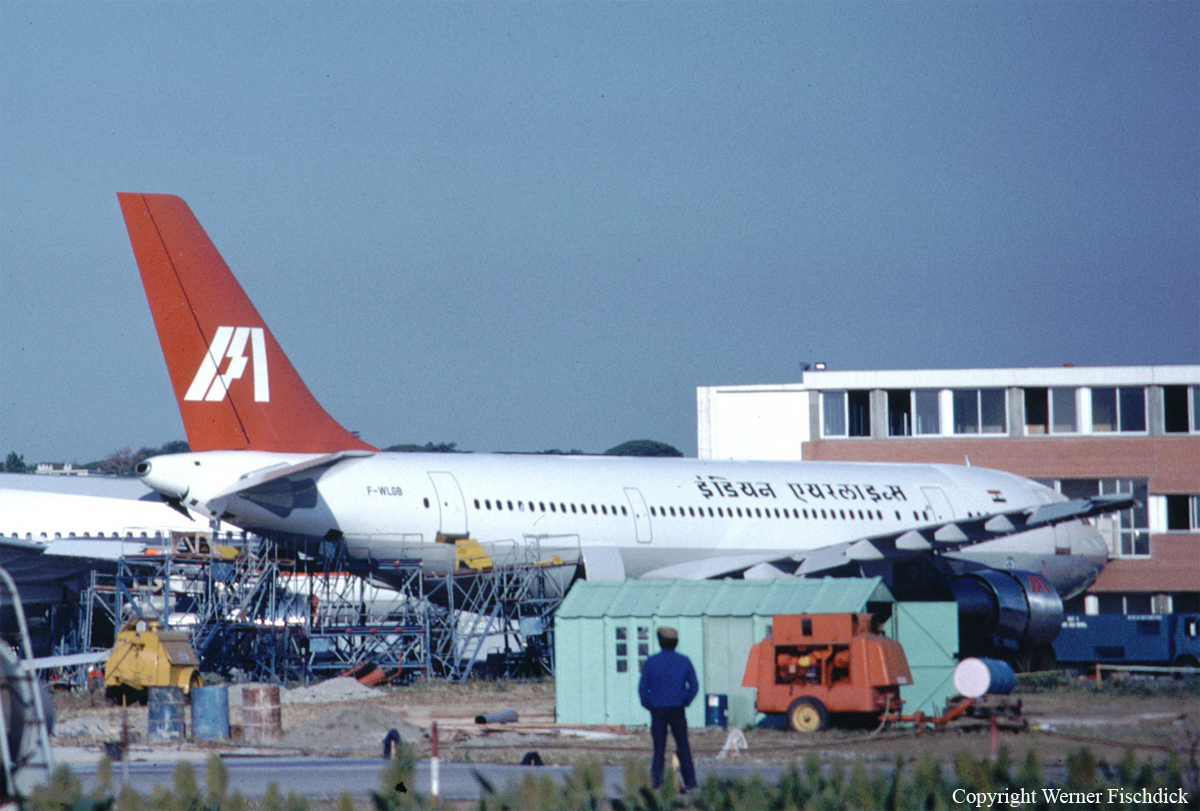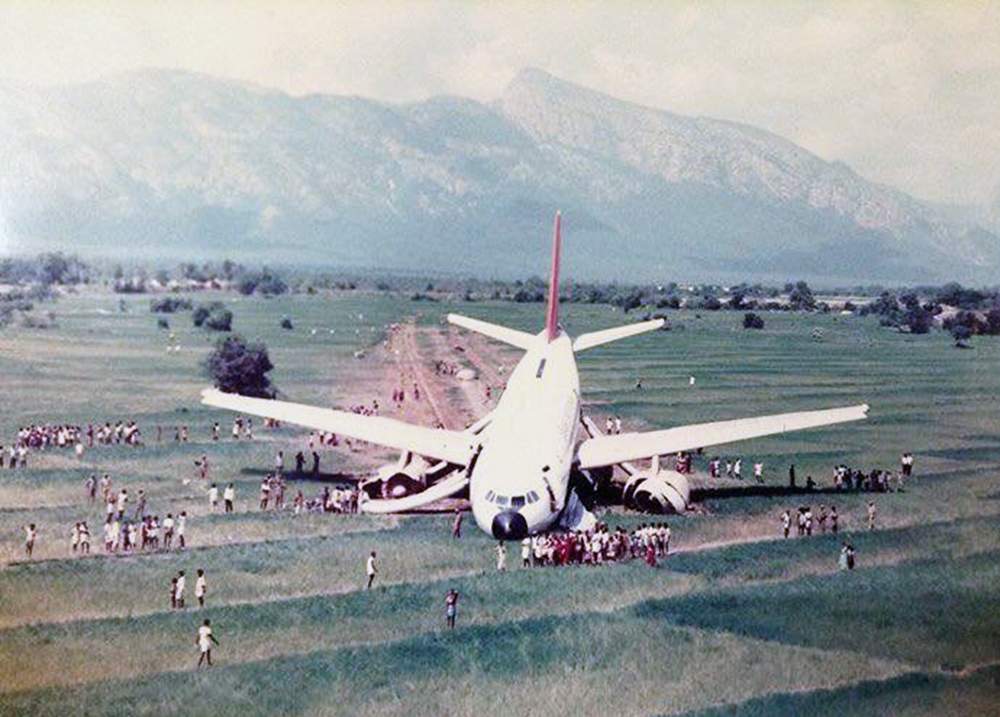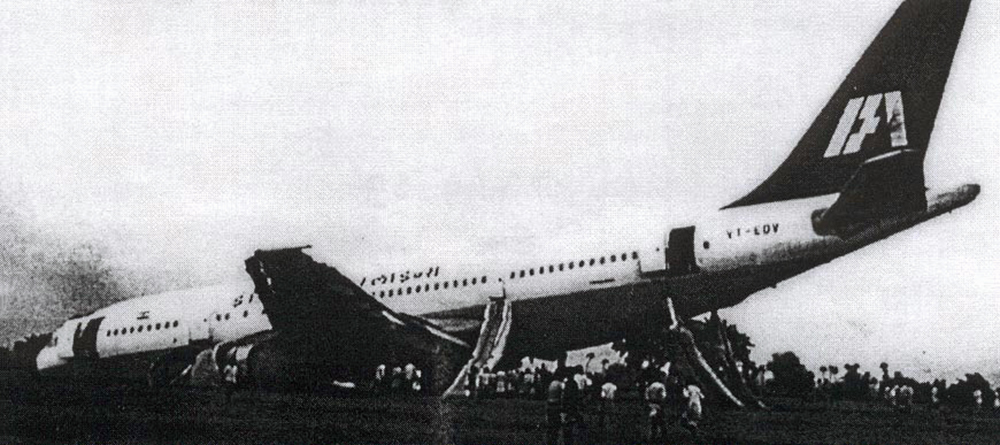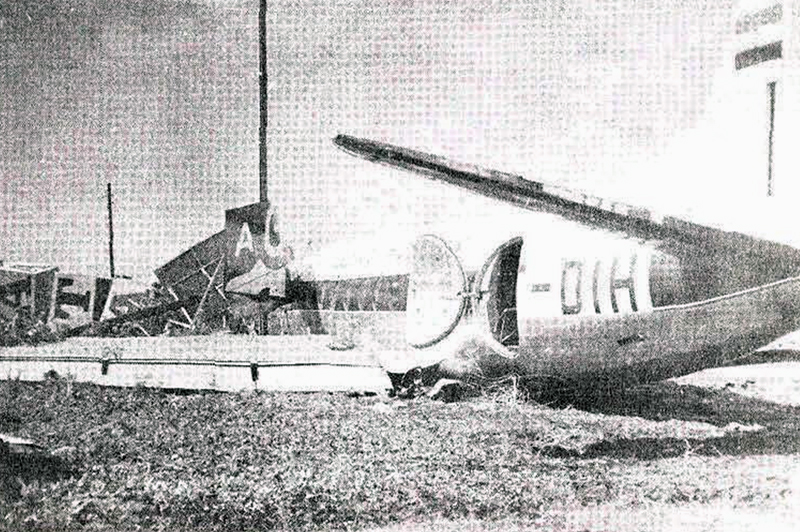Crash of a Dornier DO228-101 off Pichavaram: 3 killed
Date & Time:
Jun 8, 2015 at 2123 LT
Registration:
CG791
Survivors:
No
Schedule:
Chennai - Chennai
MSN:
4114
YOM:
2014
Crew on board:
3
Crew fatalities:
Pax on board:
0
Pax fatalities:
Other fatalities:
Total fatalities:
3
Circumstances:
The crew departed Chennai NAS at 1730LT on a maritime patrol flight along the Tamil Nadu coast and over the Palk Bay. The last radio contact was established at 2100LT and the last radar contact was observed at 2123LT while the aircraft was cruising at an altitude of 9,000 feet some 176 km offshore. SAR operations were initiated and some debris were found the following morning. All three occupants, two pilots and one observer, were killed. On July 10, the wreckage was found at a depth of 995 metres some 30 km off Pichavaram.















